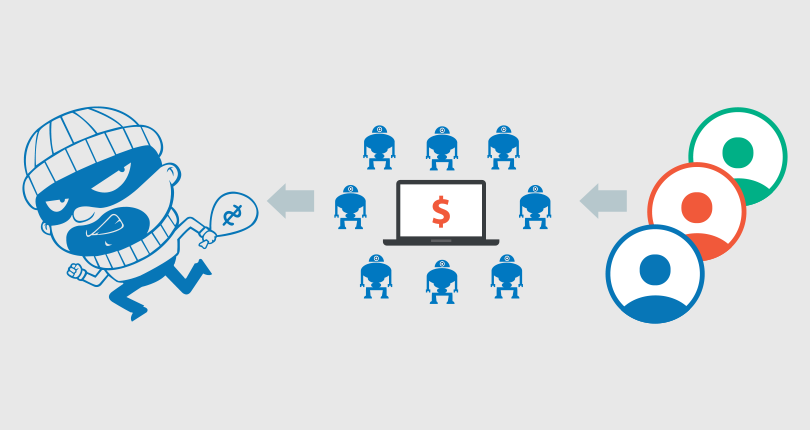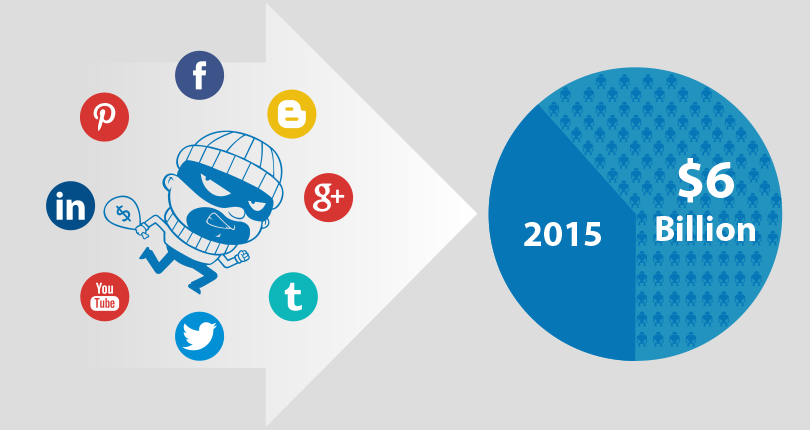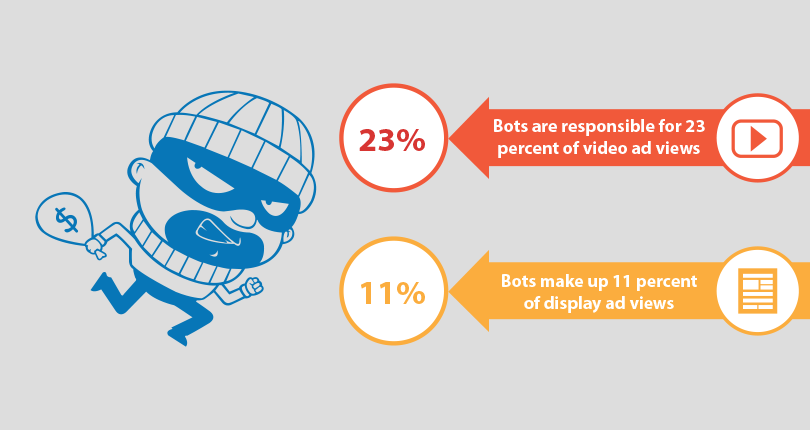Those in the online advertising industry have a grim reality to face: fraud is rampant and increasingly costly. Considering how important advertising revenue is for online companies, media sites, and publishers, the problem hasn’t received much attention until recently. Having advertisers paying for fake ad impressions represents a potential breach of trust as long as businesses fail to diligently monitor their online ads. The statistics surrounding online ad fraud are troubling. One report from the Association of National Advertisers and WhiteOps predicts ad bot fraud will cost the advertising industry more than $6 billion dollars in 2015. The same report also says bots are responsible for 23 percent of video ad views and 11 percent of display ad views. Another study from the Interactive Advertising Bureau shows that up to 36 percent of ad clicks come from bots. That means millions of ad views every day don’t actually come from real people. Combatting ad fraud should be a top priority for any online business, and one of the best ways to do so is through a big data solution.
One of the most important steps in deterring ad fraudsters is to know how they operate. Fraud schemes can be simply summed up by dividing them into “known” and “unknown” strategies. The two types are fairly self-explanatory, and when applied to the advertising realm, much of how fraud is committed is already known. A bot engine can quickly infect any user’s computer, making it communicate with a botnet center and forcing the computer to visit sites and click on advertisements without any knowledge from the user. This exploitation of digital advertising can prove to be very effective by taking a user’s web history and using that to click on retargeted ads. In fact, around 19 percent of retargeted ad traffic comes from bot programming.
While these techniques may be known to developers and publishers, fighting against them is no easy task, but that’s where big data solutions come in. Big data can even be considered a type of advanced fraud detection technology when used appropriately. By collecting large amounts of data, sifting through it, and analyzing the patterns, a big data solution can properly identify when fraud is happening. Big data used for fraud detection is already being utilized in numerous industries from banking and retail to healthcare and telecommunications. Using big data solutions for detecting ad fraud is a clear and obvious step companies should take advantage of.
Detecting known fraud patterns, even if those patterns are obscure or slight, is definitely needed and usually applied, but discovering unknown methods and patterns is much more difficult. Even so, big data solutions can still be used to sniff out fraud. In cases where mobile advertising spam is a problem, big data can help analysts notice abnormalities that fall outside normal human behavior. While each individual person is unique and performs their own actions, the collective actions of a group of people can form a noticeable trend. Ad requests that do not follow the trend already established through collective behavior are likely to be flagged when using a big data solution. The results usually lead to ad fraud being identified and eliminated, thus making future fraud detection more accurate. It should be noted that simply falling outside the defined parameters doesn’t unequivocally mean ad fraud is taking place. Analysts will need to take into account other contextual data patterns, which only emphasizes the need for analysts to have access to as much quality data as possible.
This two-pronged approach of monitoring known fraud techniques and discovering new methods is an ongoing battle that likely has no clear conclusion. Just as some ad fraud problems are solved, fraudsters’ methods will change and new problems will crop up. Big data solutions are key to keeping up with all of these changes, giving analysts and data scientists the resources they need to stay on top of ad fraud. Big data can also be used to monitor the sources from which traffic comes to a business’s site. By vetting these sources and using big data to detect fraud in real time, companies can be more confident the ad clicks they’re getting are legitimate.
When it comes to ad fraud, big data solutions may be the most effective means of rooting out the problems. Data is being generated at an astounding rate, so it’s time that businesses and analysts use this massive amount of data to detect fraud and stop it in its tracks. Closely monitoring online advertisements while aided by big data will produce impressive results, minimizing the effects of fraud and creating a more secure environment for online businesses.






